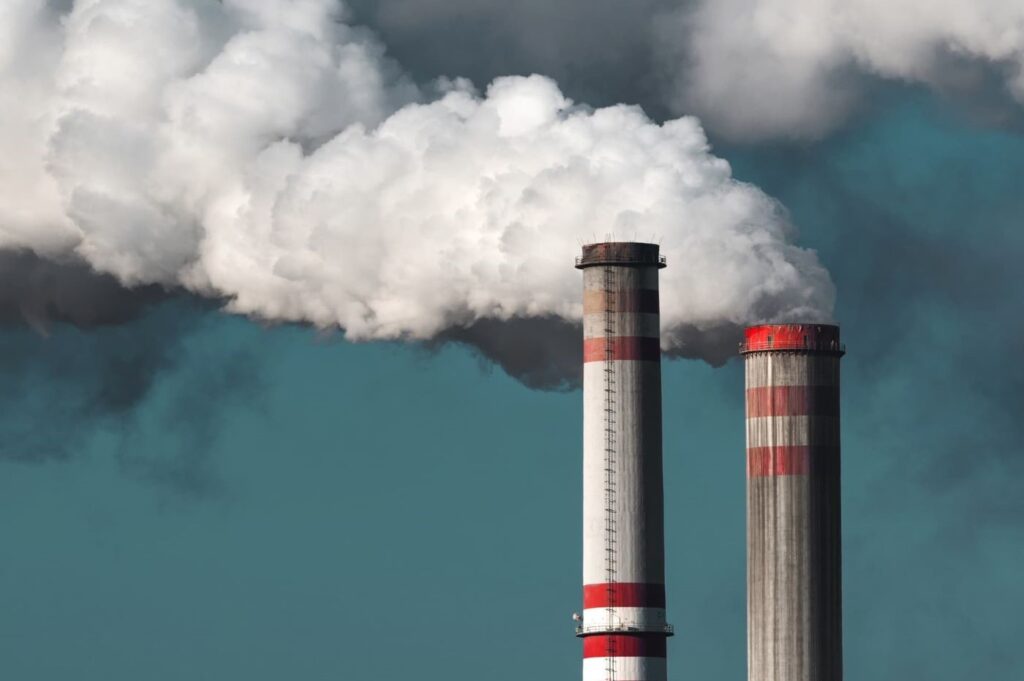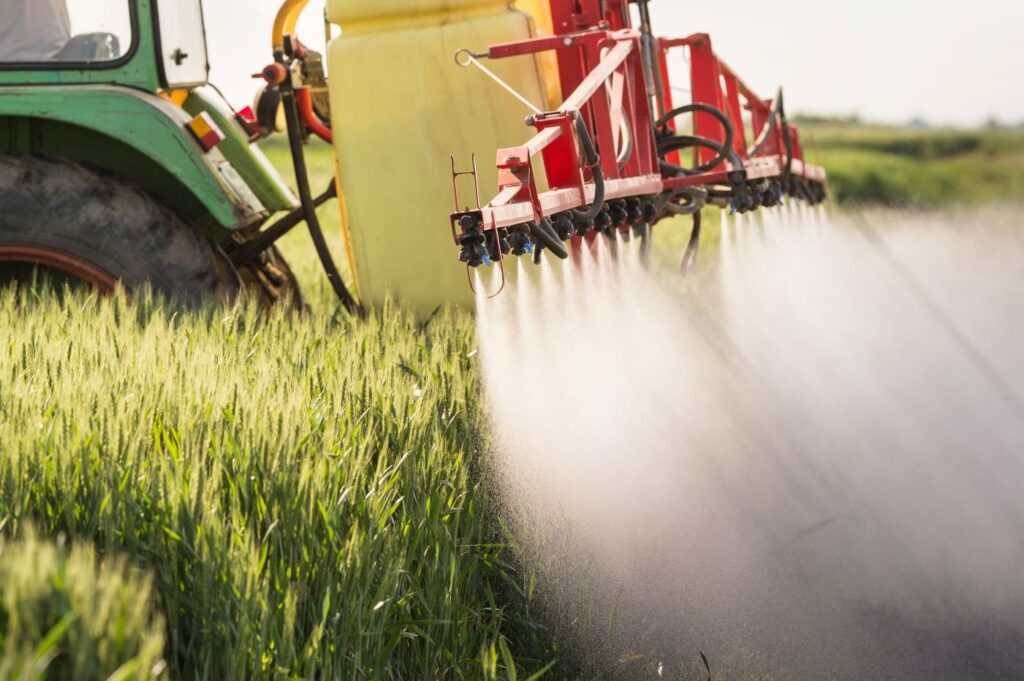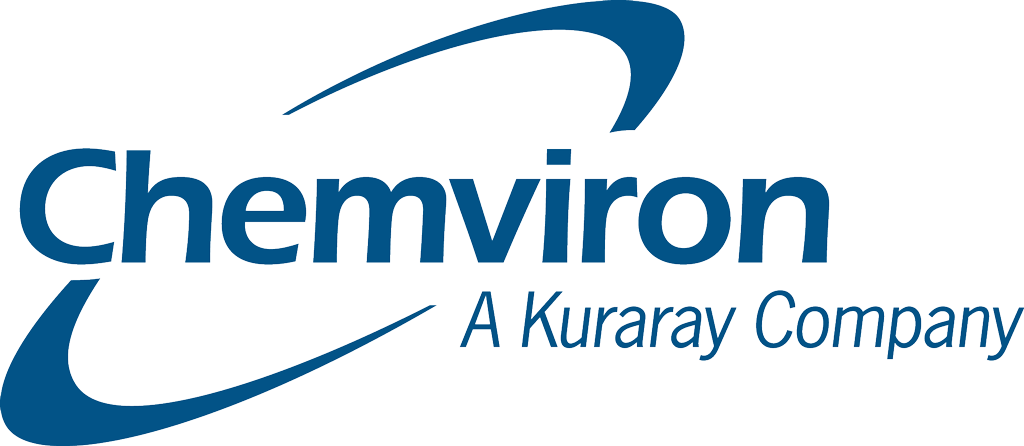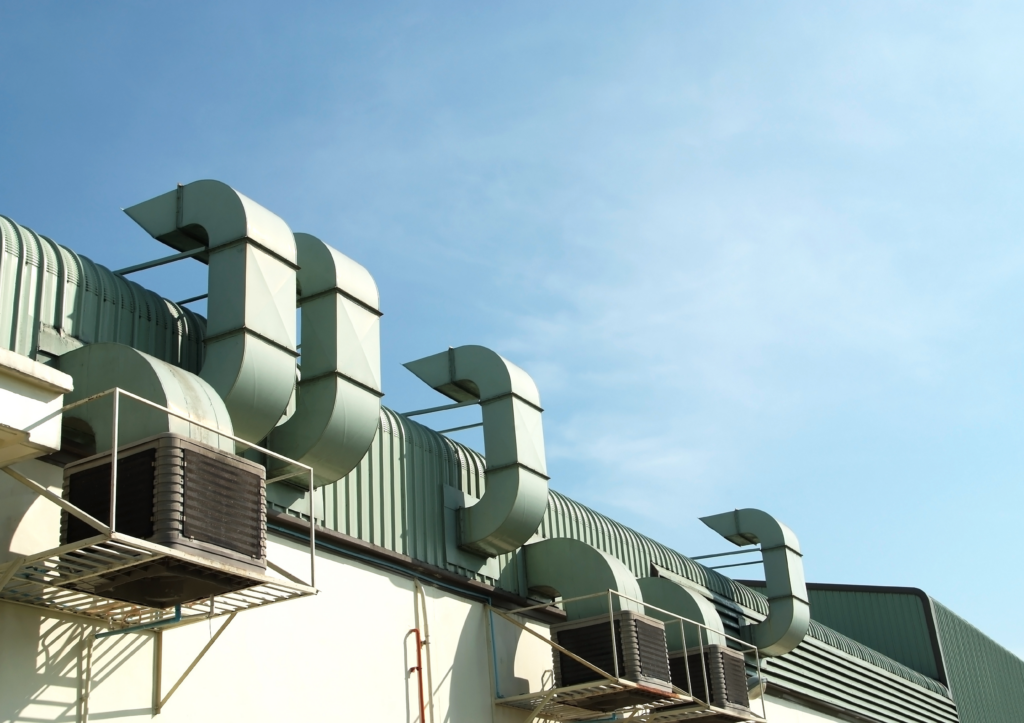Organic chemical materials exist everywhere in the environment because they have become essential ingredients in many products and materials.
Volatile organic compounds (VOCs) are vapours of organic chemical compounds which include a large class of substances used as solvents and hydrocarbons. Since many of these have a low boiling point, which makes it possible for them to evaporate under normal indoor atmospheric conditions of temperature and pressure, therefore becoming a volatile chemical.
Why are Volatile Organic Compounds A Concern?
To begin with, many manufacturing operations such as the production of chemicals, pharmaceuticals, or coating or printing processes, use these organic compounds as solvents or reactive chemicals. In these cases they easily evaporate or vaporise in the exhaust airflows from production processes and can be released into the exhausted air as Volatile Organic Compounds (VOCs).
Moreover, many waste-handling processes also release these VOCs into the air. In addition, inside buildings, such vapours can also be released into the air from the use of products and materials containing VOCs.
As a result, VOCs raise concerns as both indoor and outdoor air pollutants since exposure to them can adversely impact human health. In the wider environment, they can create photochemical smog under certain conditions.
European Emission Regulations
The European Union is continually working on bringing pollution down to levels that protect health by setting stronger rules to tackle pollution at its source. Specifically, a planned revision of the directive on industrial emissions (IED) and the regulation on the establishment of an industrial emissions portal (IEP).
For instance, the EU recently published the new Industrial and Livestock Rearing Emissions Directive 2024/1785 (IED 2.0) as the main instrument for reducing emissions and preventing waste generation from large industrial installations and intensive livestock farms (pig and poultry). It amends Directive 2010/75/EU.
IED 2.0, which took effect on 4 August 2024, seeks to minimise the impact of pollution on people’s health and the environment. Additionally, it aims to streamline permitting via the new Industrial Emissions Portal Regulation, which will enhance access to environmental data.
VOCs and Activated Carbon
When it comes to addressing VOC emissions, activated carbon is particularly effective because most VOCs are organic and therefore readily adsorbed onto it. During this process, these gaseous molecules attach to and concentrate on the carbon surface, binding within the carbon’s pores.
Activated carbon effectively removes VOCs from the air, and most of the time, we can recycle it through reactivation for reuse. Therefore, this ability to reactivate or recycle activated carbon makes it a cost-effective and sustainable solution to remove VOCs from the air.
In support of this approach, there is a series of EU reference documents on Best Available Techniques (BREFs) developed to describe industrial processes and the best available techniques for controlling pollution from industrial activities. Adsorption on activated carbon is among these best practices.
For example, the ‘’Common Waste Gas Management and Treatment Systems in the Chemical Sector’’ and the ‘’ Surface Treatment Using Organic Solvents including Wood and Wood Products Preservation with Chemicals’’ are two such lengthy policy reference reports relating most to VOC emissions from Industrial processes.



What VOCs Can Be Removed Using Activated Carbon?
Activated carbon, in all its forms, has excellent adsorption capacity for a wide range of VOCs from air. However, for the most effective impurity removal, different carbon types may be required, depending on the combination of pollutants such as if it is an organic or inorganic impurity or compound. Many of these pollutants can also be effectively removed from gaseous streams other than air such as Nitrogen or Carbon Dioxide (CO2).
Some typical volatile organic pollutants that activated carbon can effectively remove from the air include the following:
| Acetic acid | Dichloromethane (DCM) / Methylene chloride | Nitriles |
| Acetone | 1,4-Dioxane | Octane |
| Acetamide | Dioxins | Odour |
| Acetonitrile | Epichlorohydrin | Organic Vapour |
| Acrolein | Esters | Ozone |
| Acrylate | Ethanol | Pentane |
| Acrylic acid | Ethers | Pentanol |
| Acrylonitrile | Ethyl acetate | Pentene |
| Alcohols | Ethyl acrylate | PFAS |
| Aldehydes | Ethylbenzene | Phenol |
| Aliphatic Compounds | Ethylene dichloride | (alpha) Pinene |
| Alkanes | Ethylene oxide | Propane |
| Amides | Glycol ethers | Propanol |
| Amines | Halogenated Hydrocarbons | Propionaldehyde |
| Aniline | Heptane | Propylene |
| Aromatic Compounds | Heptanol | Propylene Oxide |
| Benzene | Heptene | Pyridine |
| BTX | Hexane | Shellsol |
| 1,3-Butadiene | Hexanol | Siloxanes |
| Iso-butane | Hexene | Solvents |
| Butane | Hydrocarbons | Styrene |
| Butanol | Isopropyl acetate | Tars |
| Butyl acetate | Isopropyl alcohol/isopropanol (IPA) | Terpenes |
| Carbon Tetrachloride | Ketones | Tetrachloroethane |
| Chlorine (CL2) | d-Limonene | Tetrachloroethylene/ Perchloroethylene (Perc) |
| Chlorinated Solvents | Methanol | Tetrachloromethane |
| 2-Chloro-1,3-butadiene | Methyl acetate | Tetrahydrofuran |
| Chlorobenzene | Methyl acrylate | Toluene |
| Chloroethane | Methylamine | Toluidine |
| Chloroform | Methyl chloride | Trichlorobenzene |
| Chloromethane | Methyl ethyl ketone (MEK) | Trichloroethane |
| Chloropropane | Methyl isobutyl ketone (MIBK) | Trichloroethylene (TCE) |
| Cresol | Methyl isocyanate | Trichlorofluoromethane |
| Cumene | Methyl Mercaptan | Trichloromethane |
| Cycloalkanes | Methyl methacrylate | Triethylamine |
| Cyclohexane | Methyl tert-butyl ether (MTBE) | Trimethylbenzene |
| Cyclohexanone | Mineral Spirit | Vinyl acetate |
| Dichlorobenzene | Naphthalene | Vinyl chloride |
| Dichlorodifluoromethane | Nitrobenzene | Volatile Organic Compound (VOC) |
| Dichloroethane | Nitrotoluene | Xylene |
| Dichloroethylene (DCE) |
For inorganic pollutants like ammonia or hard-to-remove substances like formaldehyde, chemical treatment can enhance activated carbon’s adsorption ability. This process creates impregnated carbon for better pollutant removal.
For other pollutants of a more specialised or inorganic nature, see our ‘’What are Air Pollutants’’ article or “Respirator Protection” article.
How Can We Help?
The most effective carbon type depends on the exhaust air’s nature and the plant’s operating process conditions. The contaminants to be removed also influence the carbon choice. Emission levels that the cleaned exhaust air must meet are important, too.
If this is required for a new treatment process, why not consider the use of a mobile carbon filter. These activated carbon filters can be used on-site as VOC purification vessels and transported to and from sites. No on-site carbon exchange is needed. These mobile carbon filters are supplied on a lease basis so there is no need for an expensive capital commitment for a fixed abatement system.
If you need help with the choice of activated carbon, the help of our mobile carbon filter service or just some further advice, please contact us – contact our technical team..

